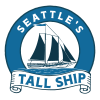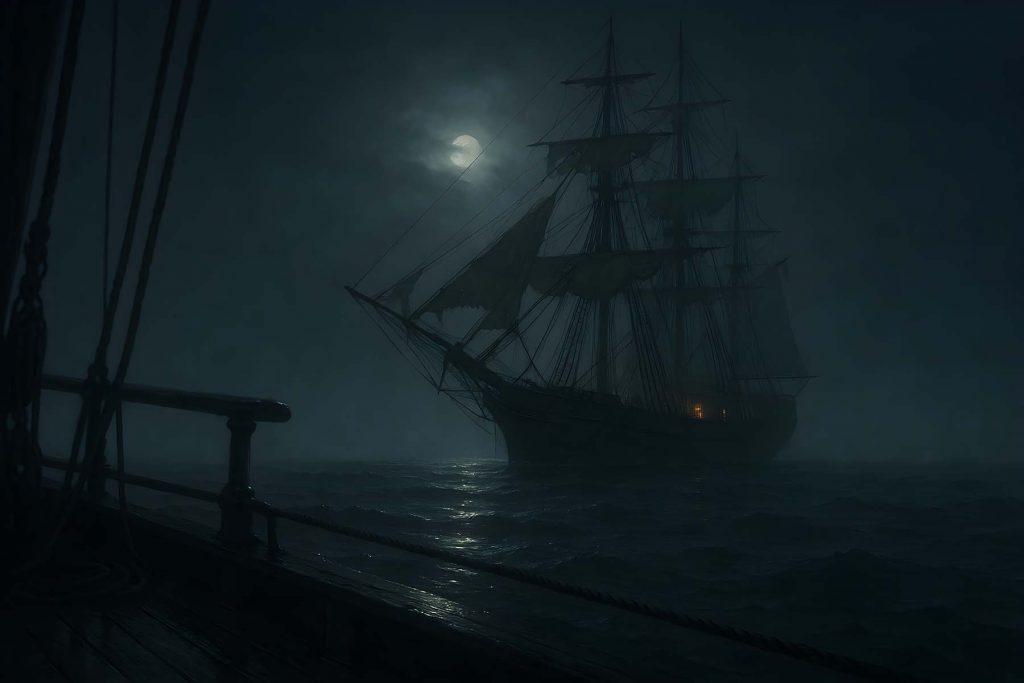
Mary Celeste Eyewitness Accounts and the Mystery That Endures
The Mary Celeste has been called many things — a ghost ship, a cursed vessel, a maritime riddle that refuses to fade. She was found adrift in the Atlantic in December 1872, fully seaworthy but utterly abandoned. No storm had taken her, no distress signal had been sent, and her cargo — over 1,700 barrels of industrial alcohol — was intact.
What we know of that eerie discovery comes largely from the Mary Celeste eyewitness accounts — the people who first stepped aboard, examined her decks, and faced the question that still echoes today: What happened to her crew?
If you missed our original article on the Mary Celeste from last year’s “Haunted Ships” series, you can read it here. That story introduced readers to the basics of the mystery and its haunting reputation on the high seas. This time, we’re venturing deeper — into the firsthand testimony of those who found her, the officials who investigated, and the mysteries that not even science has been able to solve.
The Day the Mary Celeste Was Found
On December 5, 1872, the Canadian brigantine Dei Gratia was crossing the Atlantic about 400 miles east of the Azores when her crew spotted a vessel drifting strangely across the waves. Her sails were set but loose, her course unsteady, as if directed by an invisible hand. Captain David Reed Morehouse, a seasoned Nova Scotian mariner, ordered his men to close in. Morehouse, known among peers as a competent and disciplined sailor, would later testify under oath about what he saw — a ship adrift yet seemingly alive, her rigging intact and her hull clean.
Morehouse sent his first mate, Oliver Deveau (sometimes spelled DeVoe), and second mate John Wright to board the ship. Their small boat creaked across the swells until they reached the strange vessel. When Deveau climbed aboard, he found no one. The lifeboat was missing, but everything else looked ready for a voyage: meals laid out in the galley, the cargo hold untouched, and personal belongings undisturbed.
Deveau’s and Wright’s testimonies later became the backbone of every official record. Their professionalism was well known — both men hailed from stable seafaring families in Nova Scotia, accustomed to Atlantic trade routes. Deveau’s detailed account described half-furled sails, a waterlogged pump, and missing navigation instruments. He and Wright determined the ship had been recently abandoned, likely within ten days.
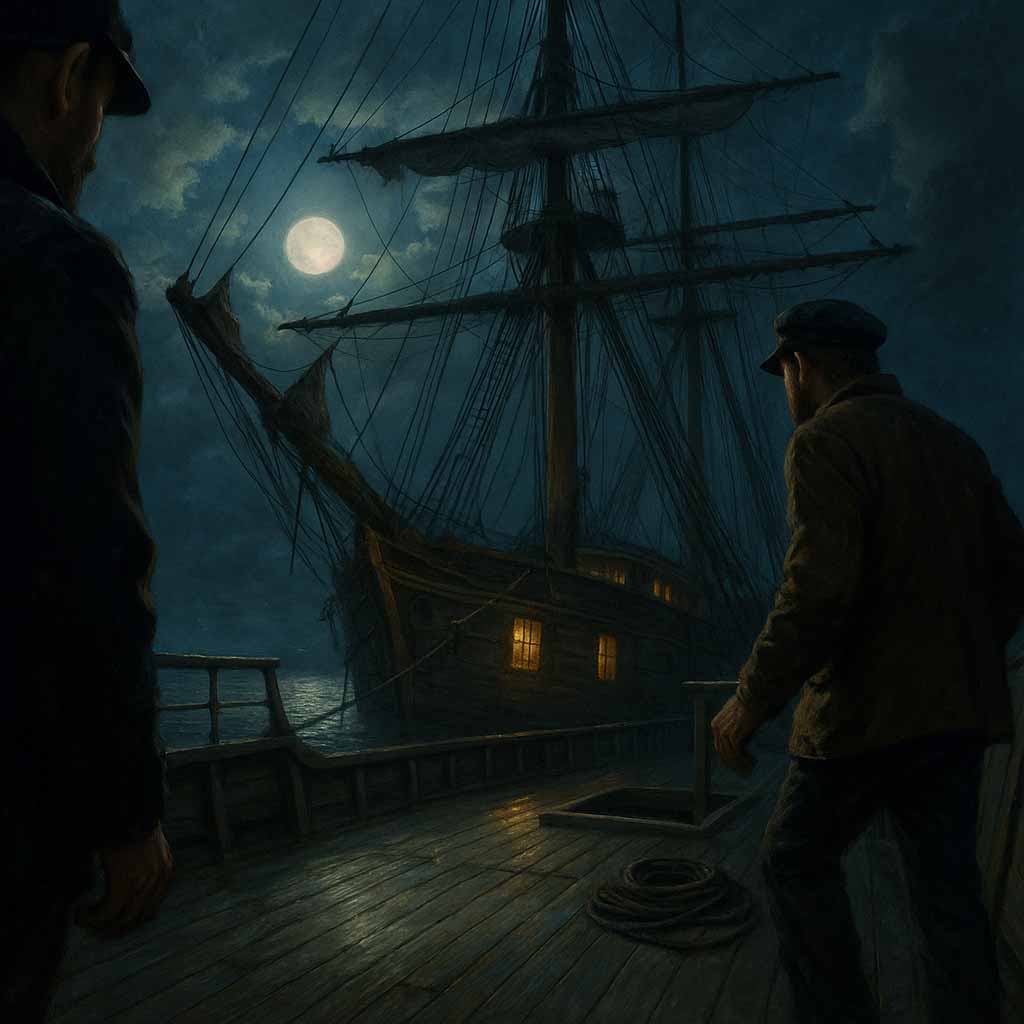
Inside the Gibraltar Inquiry
After the Dei Gratia crew managed to sail the derelict ship to Gibraltar, the British Vice-Admiralty Court convened an inquiry to determine what had happened. Presiding over the case was Chief Justice Sir James Cochrane, with prosecution led by Frederick Solly-Flood, Gibraltar’s Attorney General. Flood suspected foul play, convinced the crew of the Dei Gratia had staged a deception to claim salvage rights.
A full investigation followed. The Mary Celeste was surveyed by John Austin, a ship’s surveyor, and examined underwater by diver Ricardo Portunato. They reported small cut marks on the bow and stains that Flood insisted were blood. Later analysis proved them to be rust or natural discoloration, but the rumors had begun.
Meanwhile, Horatio J. Sprague, the U.S. Consul in Gibraltar, sought to protect Captain Benjamin Briggs’s reputation. Briggs was a respected New Englander from a long line of sailors, described by peers as calm, principled, and deeply experienced. His decision to bring his wife and young daughter on this voyage underscores how safe he considered the journey.
Captain R. W. Shufeldt of the U.S. Navy later reviewed the inquiry, challenging Flood’s accusations and arguing that the evidence supported no crime at all. The final verdict agreed. No wrongdoing was found; the Dei Gratia crew received only a modest salvage award. Yet the unanswered questions left the world uneasy.
Official records of the Gibraltar inquiry still exist in maritime archives, including holdings at the Peabody Essex Museum and Dalhousie University’s archives, where transcripts and testimony from the case are preserved.
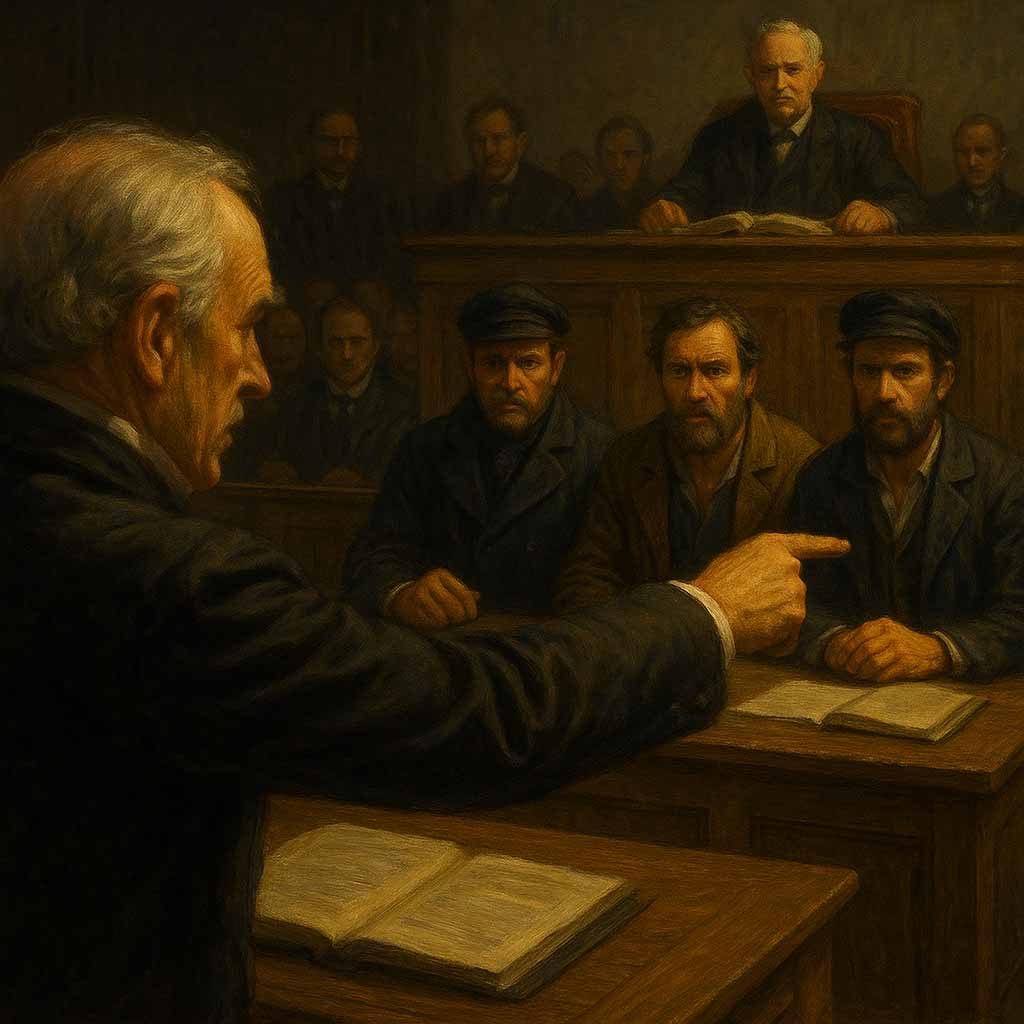
Looking for an unforgettable day on the water? Seattle’s Tall Ship’s “Bay Lady” offers a unique opportunity to experience the magic of tall ship sailing in the heart of Seattle. Step aboard this magnificent vessel and sail into history as you take in the beauty of Elliott Bay and the Seattle skyline. Don’t miss your chance to embark on a one-of-a-kind adventure—book your sail today!
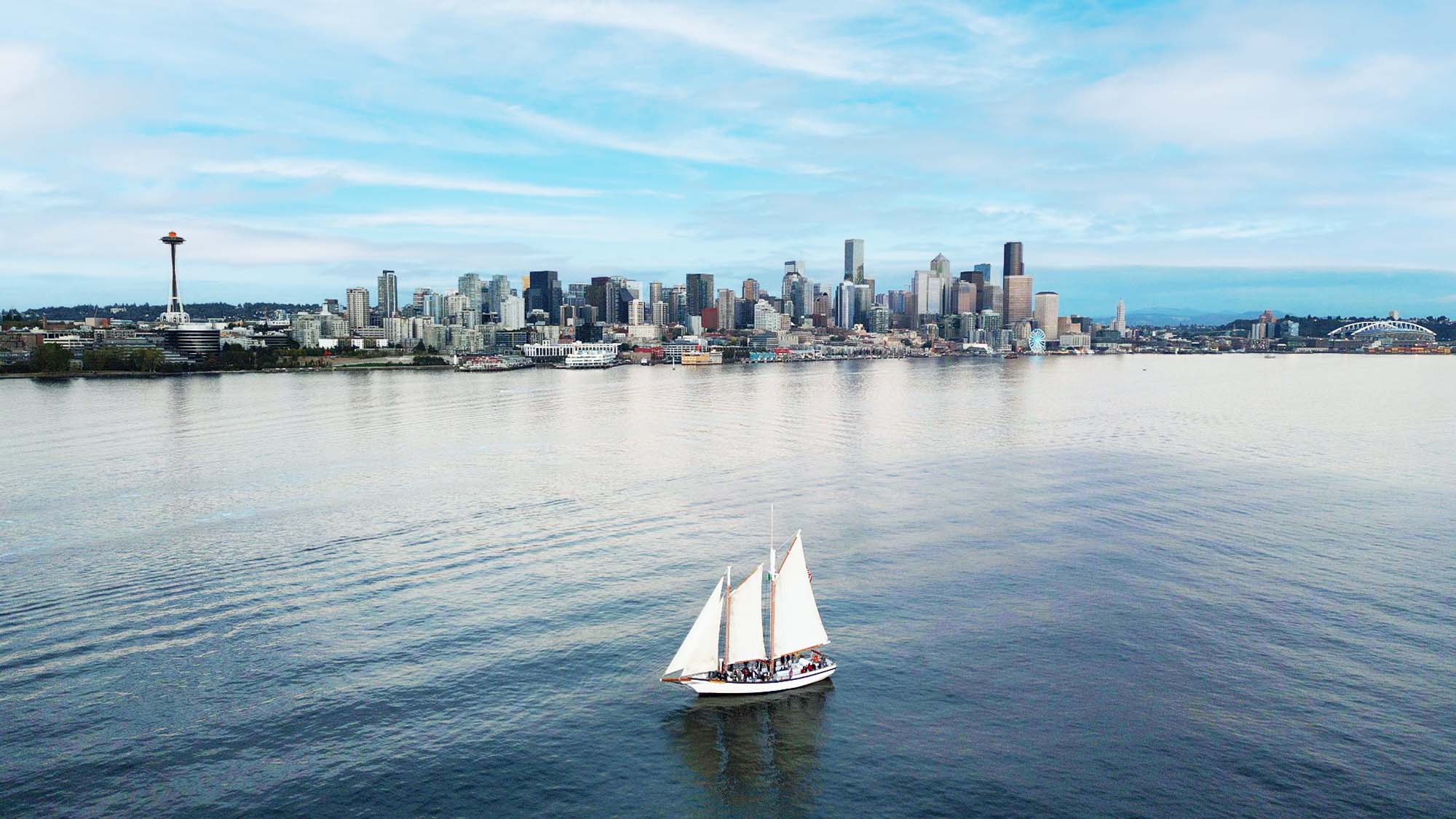
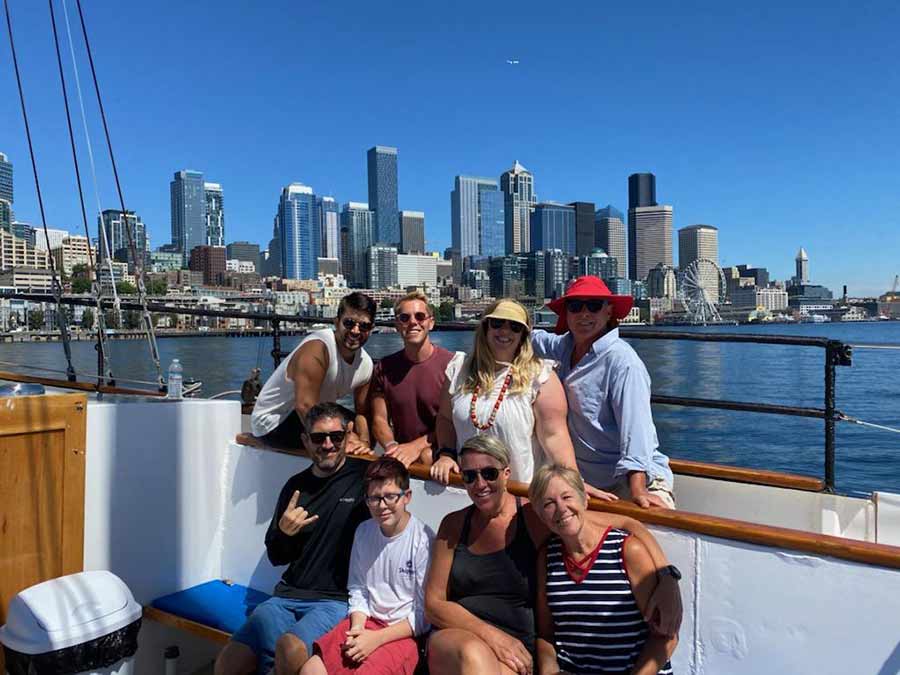

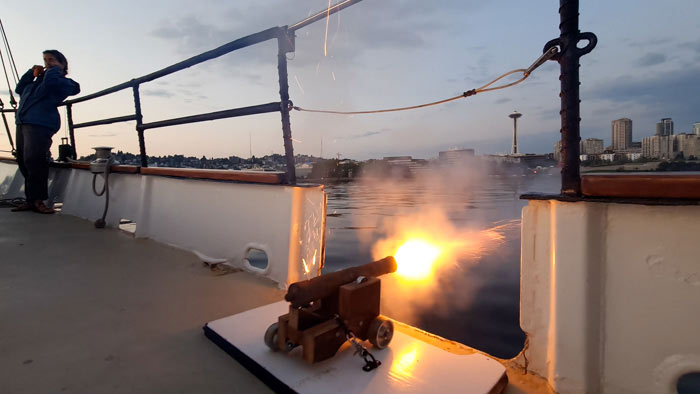
Guests enjoy the sights and sounds of a tall ship tour onboard Seattle’s Tall Ships, “The Bay Lady”.
Dubious Testimonies and Folklore That Followed
Even as the inquiry closed, the legend of the Mary Celeste was just beginning. In the decades that followed, new “witnesses” appeared — though few had any credible connection to the real events.
One of the earliest came from a sailor named William Flood, who claimed to have seen the Mary Celeste ghosting through Atlantic fog years later, her deck lit faintly from within. No record of Flood’s service or ship has been verified, and his story exists mainly in retellings that can’t be traced to a publication of record.
The real explosion of myth began in 1884, when Arthur Conan Doyle, then a young doctor and aspiring writer, published “J. Habakuk Jephson’s Statement” in Cornhill Magazine. Though entirely fictional, the story was written as if it were a survivor’s confession from the Mary Celeste. Doyle even changed the ship’s name to “Marie Celeste,” a mistake that still lingers in popular memory. The piece was so convincing that some readers took it as truth, cementing the ship’s ghostly reputation.
Then came the “Abel Fosdyk papers” in 1913, published by The Strand Magazine. Purporting to be the diary of a lost passenger, the document described a wild scene in which the crew drowned after a deck collapse — an account riddled with inaccuracies about tonnage, rigging, and crew composition. Historians quickly exposed it as a hoax.
These fictionalized accounts make for great fireside storytelling, but when compared with the verified Mary Celeste eyewitness accounts from 1872, their inconsistencies are glaring. The difference between folklore and testimony became the fuel that kept the ship’s mystery alive.
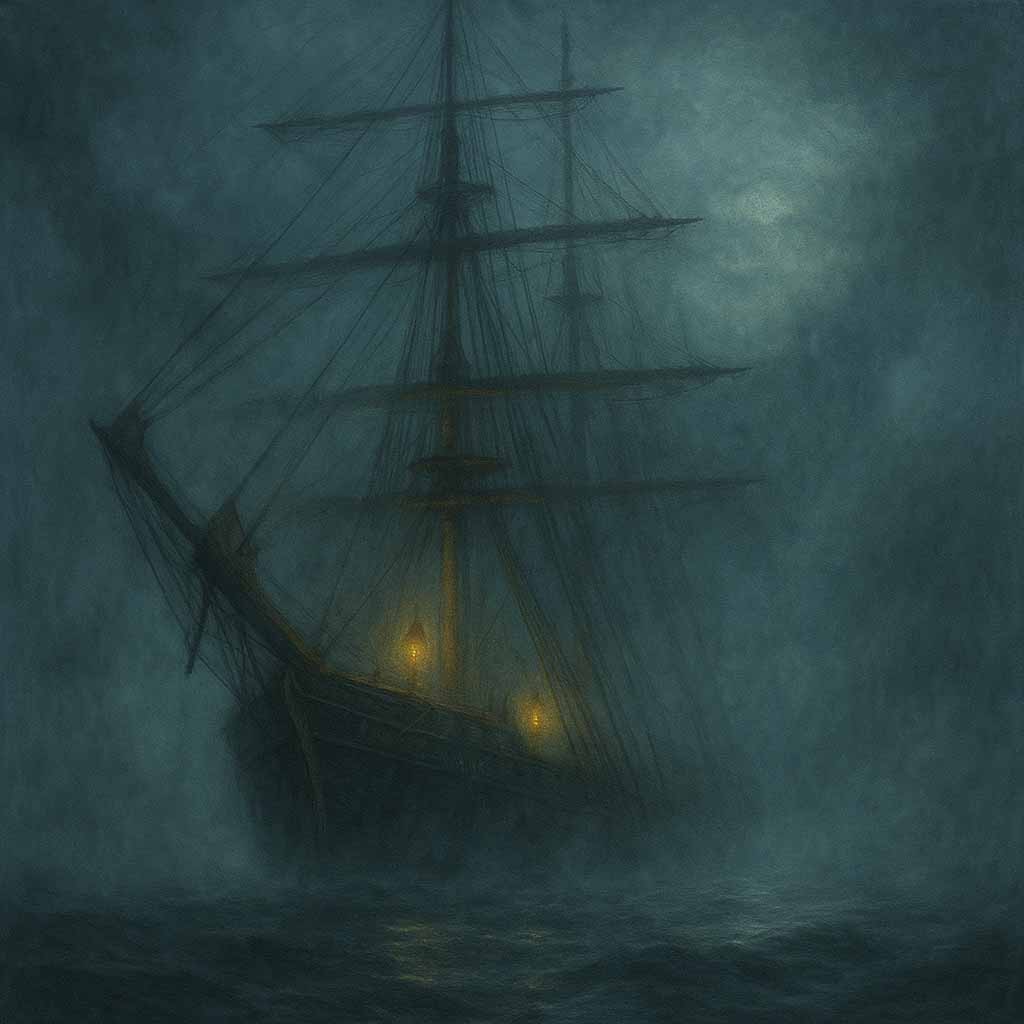
What the Witnesses Couldn’t Explain
Even with every official witness interviewed, the core enigma persisted: why would Captain Briggs and his crew abandon a seaworthy ship?
The Dei Gratia sailors noted the bilge water was low and the cargo intact. Charts suggested the ship had sailed a steady course after the crew vanished. The lifeboat’s absence was the only tangible clue. The ship’s pumps were found disassembled, leading to speculation that Briggs thought the vessel was taking on water.
Modern researchers have tested several theories against those early observations. Chemist Andrea Sella of University College London recreated the alcohol-vapour explosion scenario in a 2006 experiment for the History Channel. He demonstrated that an explosion of alcohol fumes could create a blast wave strong enough to lift hatches but leave no scorch marks — a plausible reason for an abrupt evacuation.
Another credible theory, highlighted by Smithsonian Magazine, suggests faulty pumps made Briggs believe his ship was sinking. A temporary evacuation — towing behind the main ship — could have gone fatally wrong if the line snapped.
Still, none of these explanations can be proven. The calm orderliness described in those Mary Celeste eyewitness accounts resists simple logic. No sign of panic. No struggle. Just an empty ship adrift on a silent sea.
Everything that should have pointed to disaster was missing. The captain’s logbook ended abruptly but without distress. The galley was stocked, the crew’s clothes neatly folded, the infant’s cradle still lashed in place in the cabin. Even the clock was still ticking when Deveau stepped aboard. A sense of eerie preservation clung to every detail — as if the ship’s occupants had simply stepped out for a moment and never returned.
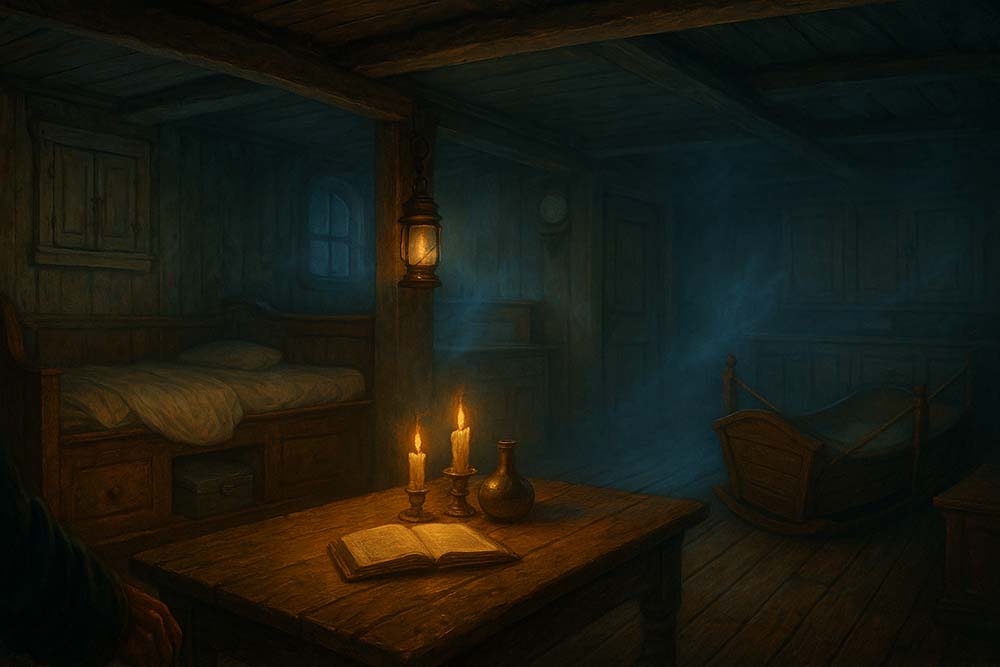
Sailors speak often of the sea taking what it wants — storms, men, and sometimes explanations. Yet the Mary Celeste felt different. There was no sign she’d been claimed by violence or weather. She was abandoned deliberately, but with care, and whatever prompted that choice left not a single trace. That tension — between reason and impossibility — is what makes her story endure.

Why the Mary Celeste Still Captivates Us
Every decade seems to rediscover the Mary Celeste, drawn back to the intersection of fact and imagination. Perhaps it’s because the story sits at the crossroads of science and superstition — a place sailors know well. The credibility of its witnesses gives the mystery real weight. These weren’t thrill-seekers or storytellers; they were seasoned mariners like Morehouse, Deveau, and Wright, whose professionalism anchors the legend in reality.
Over time, museums, writers, and historians have each added new layers to the ship’s story. The Royal Museums Greenwich even revisited the case on its 150th anniversary, exploring how public fascination with ghost ships reflects our relationship with the sea — part fear, part awe, part curiosity.
Here in Seattle, surrounded by our own maritime history, it’s easy to feel the same pull. Each time our tall ship catches the wind and glides over Elliott Bay, you can sense that vast continuity — the courage of sailors, the fragility of human judgment, and the mysteries that saltwater keeps. If stories like this inspire you, consider setting sail yourself aboard Seattle’s Tall Ship and feeling the timeless rhythm of the sea.
Truth, Legend, and the Unending Sea
Perhaps one day the mystery of the Mary Celeste will finally be solved — a scrap of evidence uncovered, a theory proven, a single clue that explains what became of her crew. Until then, she drifts in our collective imagination, a vessel caught between history and myth.
The ocean has always hidden more than it reveals. Its calm surface masks deep, unknowable worlds, and the Mary Celeste reminds us that even in an age of reason, some questions remain beyond reach. Maybe that’s why her story endures — because it hints that mystery itself still has a place in our world. Some stories are not meant to be solved; they’re meant to haunt us, like the steady creak of a ship’s hull echoing through the fog.
Additional Resources and Historical Records
For readers who want to dig deeper into the story of the Mary Celeste and the people who shaped its enduring legend, the following sources offer original records, museum archives, and well-researched histories. These materials include official inquiry documents, biographical information, and detailed accounts from maritime historians who have studied the case for decades. They provide a fuller picture of the real events behind the ghost ship that still captures imaginations today.
Book a sail with Seattle’s Tall Ship
If you have never experienced the thrill of sailing on our tall ship, there is no better time to try than now. With multiple sailing times and experiences available, our family-friendly harbor experiences are a must-do Seattle activity. Join us today!
